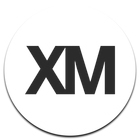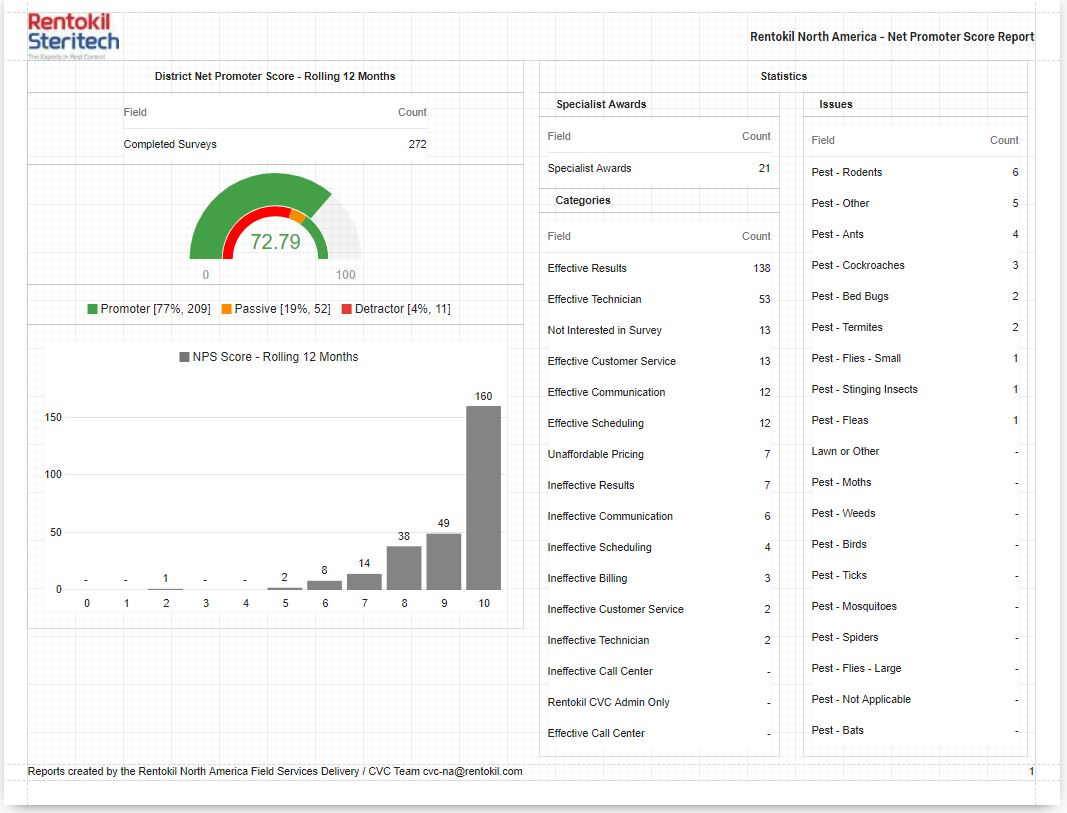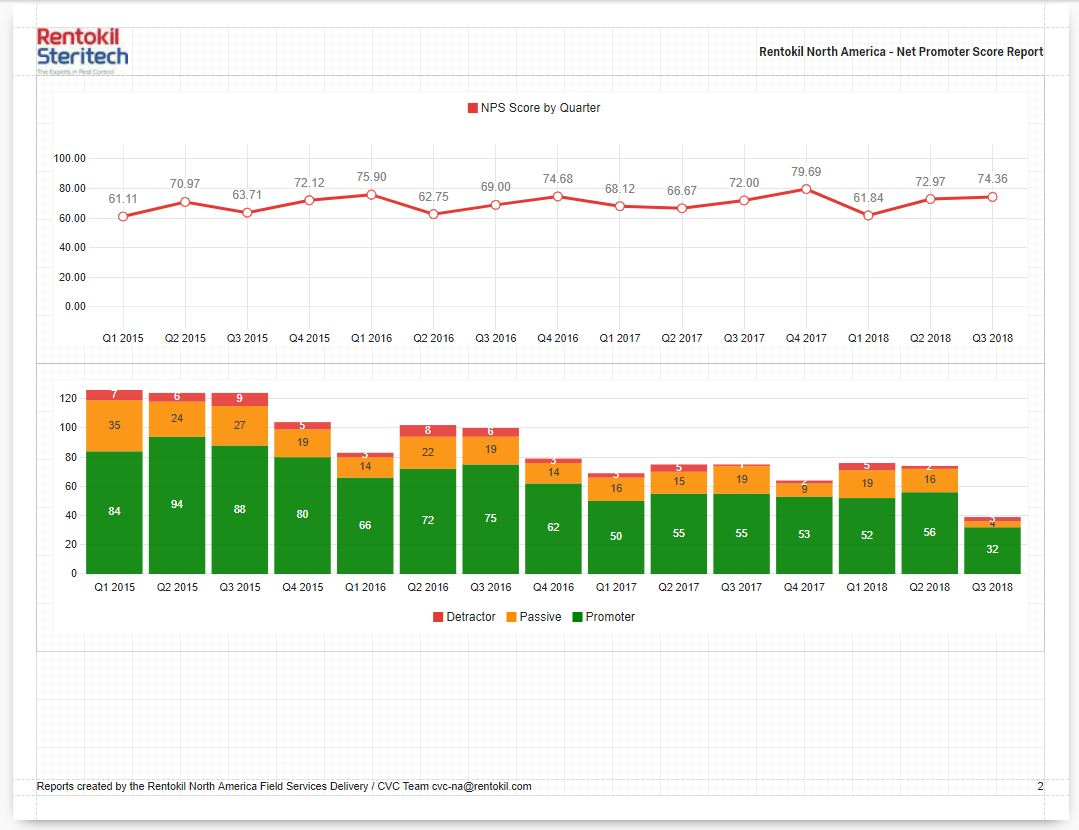What are you using for reporting?
I am wondering what feature and/or products people are using to report data collected through Qualtrics?
One of my colleagues is having trouble with the stability of built in Results (he will make changes and they don't appear to save/show up the next time he logs in) and Reports (the widgets just spin but never populate). So we are brainstorming what kind of workaround to use while simultaneously working with Qualtrics Support to address the problem.
So, if you don't mind sharing, I would love to hear what you are using to share your results - formatted views in Qualtics Results, Qualtrics Report, Tableau Integration, pulling the data by hand into Word/PowerPoint, SPSS, etc.
Enter your E-mail address. We'll send you an e-mail with instructions to reset your password.
















 !
!


